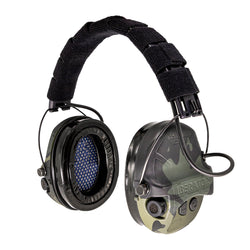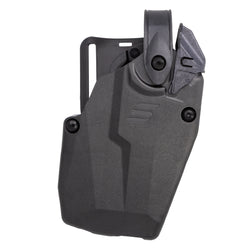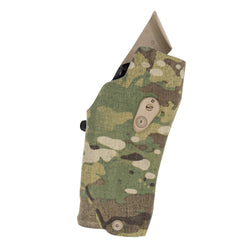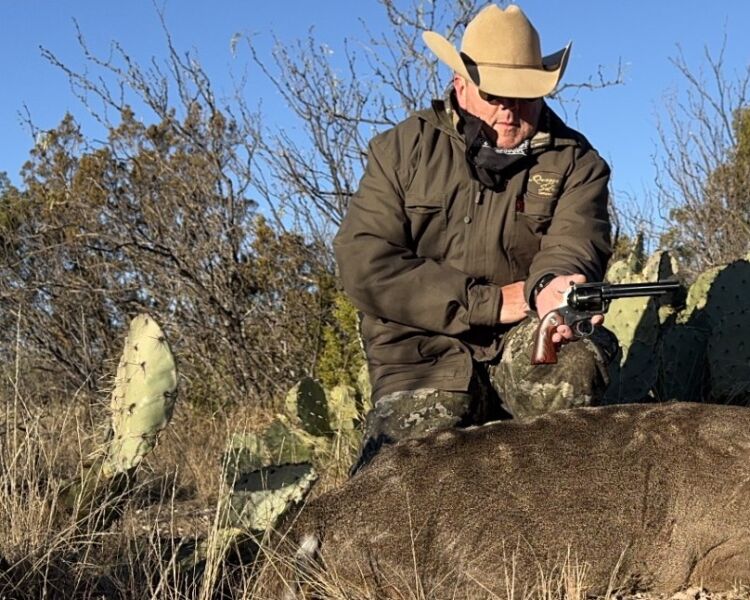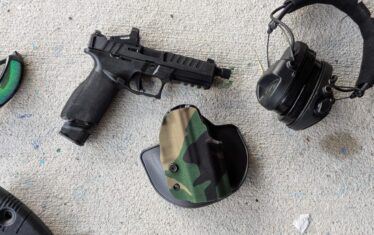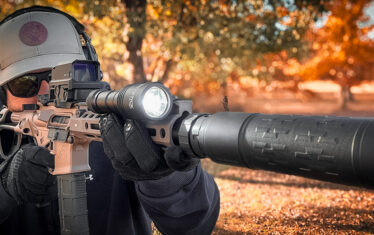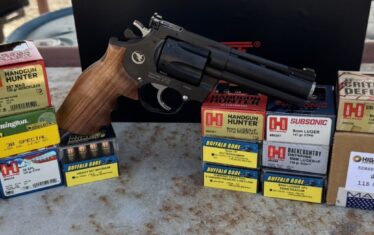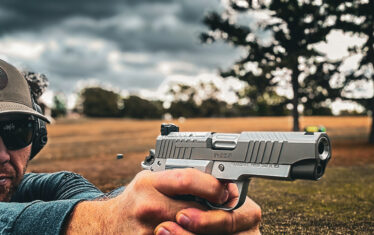No matter if you are a seasoned hunter or a first timer looking to get into the mysterious world of handgun hunting, everyone must start somewhere.
For the life of me, I cannot figure out why hunting with a handgun is viewed by some as a stunt or something so difficult to accomplish that only a select few can do it. It takes extra amounts of practice and patience, for certain. Hunting with a handgun will take quite a bit more dedication than the average rifle hunter, who checks the rifle’s zero once or twice before taking off to the field on opening day.
I don’t see that handgun hunting takes any more, nor less, expertise than that of a dedicated archery hunter. If you are reading this, you are obviously interested in taking up the sport, so let’s look at some tips to get you in the woods this fall to do just that.

Getting Started With Handgun Hunting
If we’re going to hunt with a handgun, we must have a handgun to hunt with, but which one is best? We could easily fill this article with ideas and suggestions on which gun to use, let alone the perfect cartridge and sight options to best get the job done.
First, we must ask a couple of questions. What are we hunting, and how far are we planning to shoot? If our goal is a white-tailed deer, good cartridges that start with a ‘4’ will certainly get the job done, like the .41 Magnum, .44 Magnum, and .45 Colt.
If we’re hunting squirrels, prairie dogs, or varmints, we can go with rimfires and smaller calibers. Handguns chambered in traditional rifle cartridges might be a sound option for the prairie dogs and varmints.
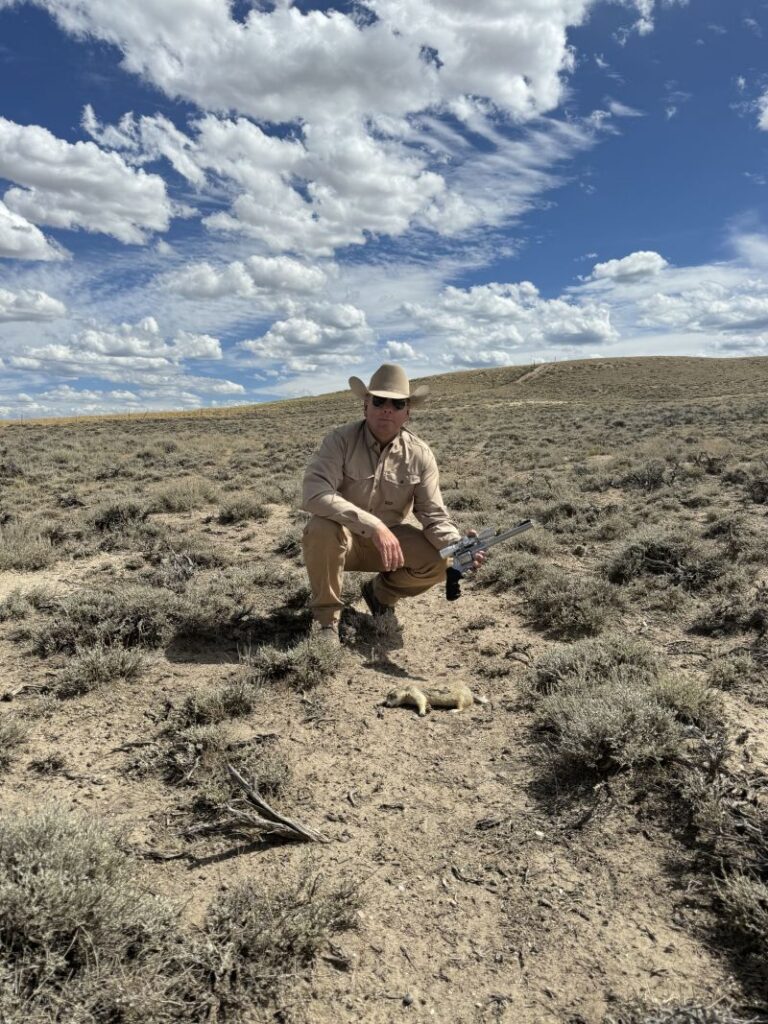
You might read that the .357 Magnum is too small for deer hunting. This writer does not agree with that. There may have been a time when this was a truer statement, but today we have excellent bullets to choose from.
Heck, I have a couple buddies who have no issues killing whitetails with their .327 Fed Mag revolvers. Pick a good bullet that is accurate with characteristics of good penetration and expansion, and you should be happy. That criteria needs to be applied to any cartridge you plan to hunt with.
If I’m hunting anything larger than a deer, I’m going with the .410-plus calibers and normally do so just because I prefer larger bore handguns. Feral hogs are tough animals, especially the big ones. If that’s what I’m after, I want a tough, penetrating bullet of large caliber.

Handgun hunters wanting to hunt with a semi-automatic pistol can certainly do so. There are good options out there, and the 10mm and 45 ACP are popular. Again, choose the best bullet option that shoots accurately in your gun. A good bullet in the right spot is the goal here.
In staying with our traditional handgun theme for the moment, meaning open sight revolvers and semi-autos, we need to determine accuracy and distance criteria. No one can tell you for certain what this is.
You must spend time at the range shooting from field positions and similar situations you are most likely to encounter while hunting. This might entail using shooting sticks, pack frames, and tree limbs for rests. If your range won’t allow shooting from field positions, you can practice dry firing from home.
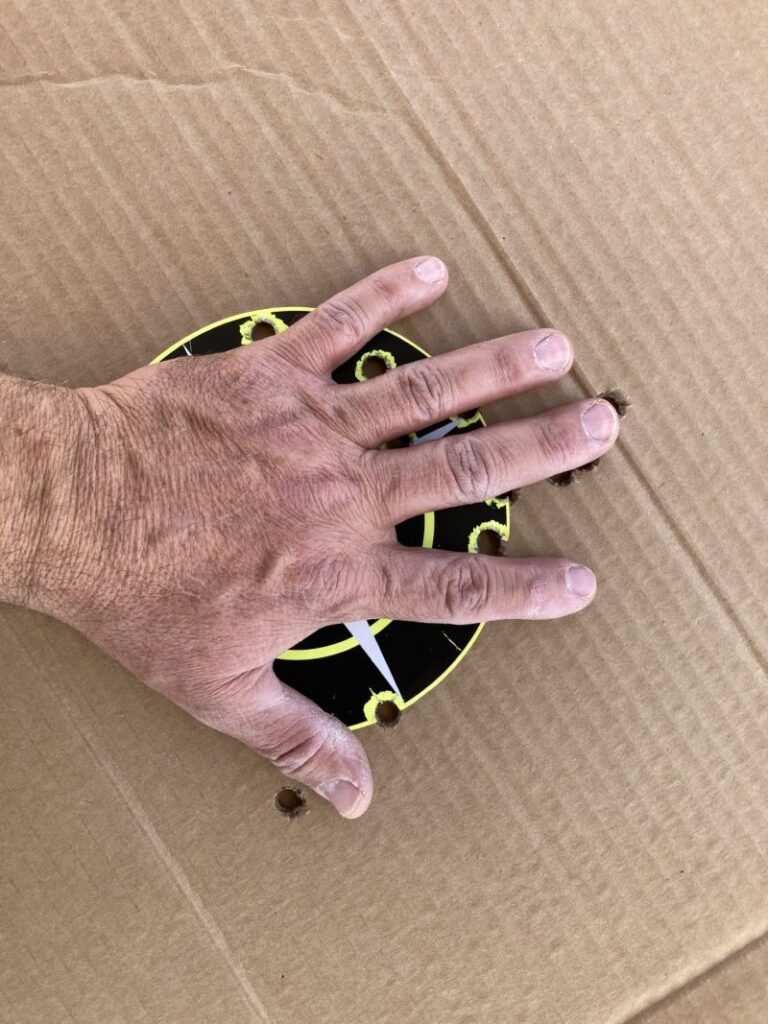
Realistic Accuracy for the Handgun Hunter
Strive for accuracy in placing that first shot in the right spot. If you can hit a paper dessert plate every time from 40 yards from realistic positions, you have a good indicator of your hunting accuracy. If you can keep five rounds on an average-size paper plate at 60 yards, you are well within the size of the vitals (heart/lungs) of a deer.
This hunter prefers to keep his shots within 50 steps and likes them at half that distance when he can get closer. If I can cover my shots with an outstretched hand, I am happy. If they are all inside an area the size of my fist, I am elated. Realistic practice is the key.
There aren’t many cement shooting benches in the brush, so practice real-world positions as much as you can.
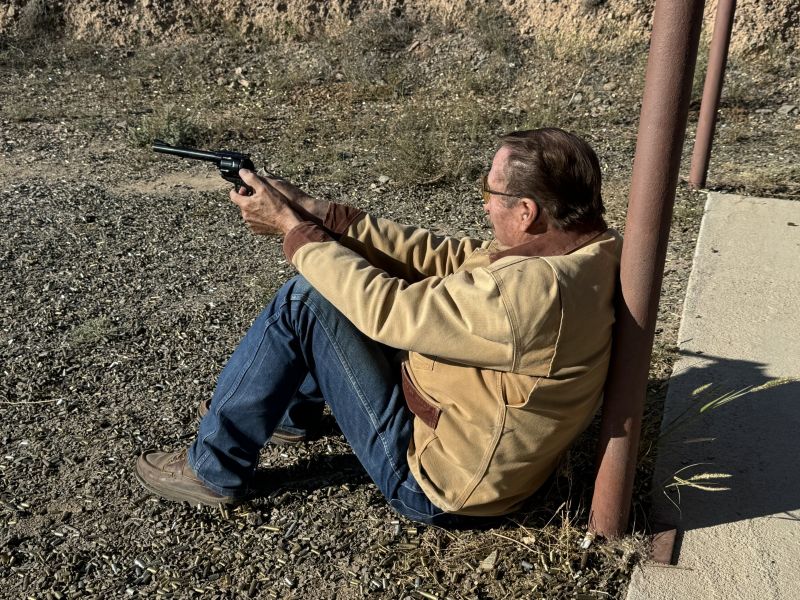
What About Sights?
Hunters will have to experiment with the best sights that suit them for their hunting needs. If you can do these shooting exercises mentioned above with open, or iron, sights, you are perfectly capable of hunting with them.
Scopes and red dots are other options for handgun hunters preferring an optic-style sight. Scopes will enhance gun movement seen by the shooter, so a solid rest is even more crucial. A good optic may increase your effective range a bit if the shooter and cartridge are up to it. Red dots can assist hunters who can’t see open sights as well as they would like. The red dot will also be a benefit in low light.
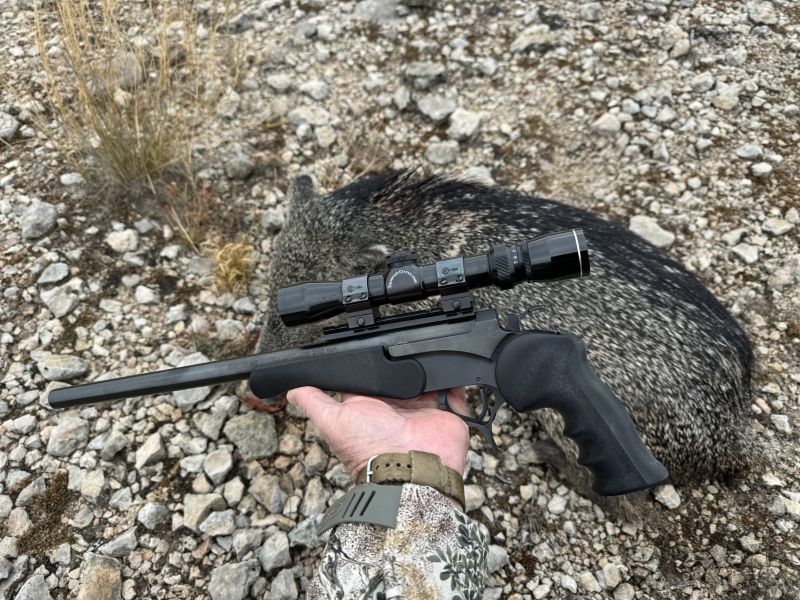
Specialty Hunting Handguns
For hunters who want to shoot farther with a handgun, we have the options of the specialty pistols like Thompson Center’s Contender and Encore, Remington’s XP-100, the Savage 110 PCS, CVA’s Scout Pistol, and a few others. Many of these handguns are chambered in rifle cartridges.
A good scope is an advantage to this setup. These types of guns are accurate and require a sturdy rest. If hunting from a blind, you can readily devise solid rests to steady your handgun. There are several tripods on the market that help with this. I’ve been using BOG’s DeathGrip, and it is extremely steady. Getting a rolled-up coat or day pack under an elbow helps to calm the crosshairs as well.
Handgunning on a Budget
There are a variety of handgun styles available to hunt with, but what about the hunter who is just getting started and doesn’t want to spend a thousand bucks right off the bat, or is on a budget? No worries, if you are patient, you can get rigged up to hunt for under $500. Here are just a couple of suggestions.
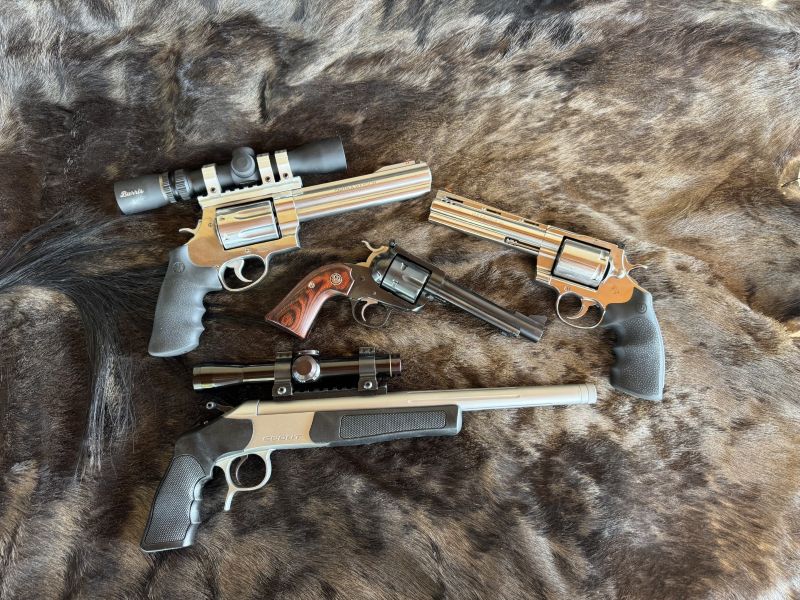
A CVA Scout Pistol can be purchased brand new for under $390.00. For this specialty handgun you will need an optic and can find those for $200-300, so you’re ready to start shooting for $600-$700. Used specialty handguns already equipped with an optic can be a real bargain as well.
If you are patient on an internet site like GunBroker, you can find a used Ruger Blackhawk for under $400. Bargains on used optics can be had as well. Either of these guns are good options to dip your toes in the handgun hunting waters. If budget is less of a concern, the possibilities are unlimited.
Twenty-Two Perfection
Having discussed practical marksmanship a bit, let’s look at another option to fine-tune our handgun hunting skills.
Practicing our shooting with a good .22 LR is a great and economical way to hone the pistol shooter. It’s wise to set one up like the larger-bored handgun we are using for hunting, even going as far as to add the same sights or optics. A hunter can get a lot of good practice in with a pocket full of .22 ammo on a Sunday afternoon.
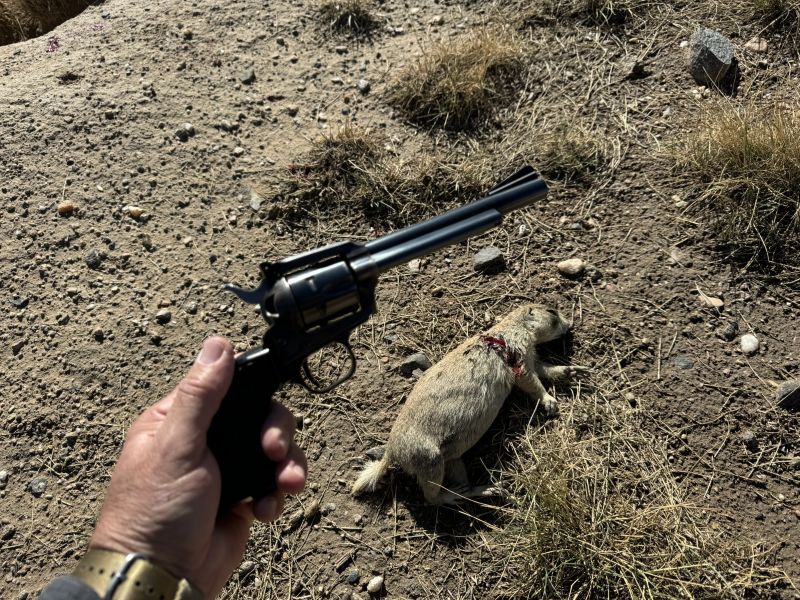
Welcome to the Club!
Handgun hunting is not new, a stunt, or extremely difficult. It is a time-honored tradition and a challenge that will make any animal you take an even more special trophy and memory.
Hunting season is just around the corner, so pick out your hunting handgun, put some time in at the range, and join the ranks of the handgun hunters. We welcome you!


